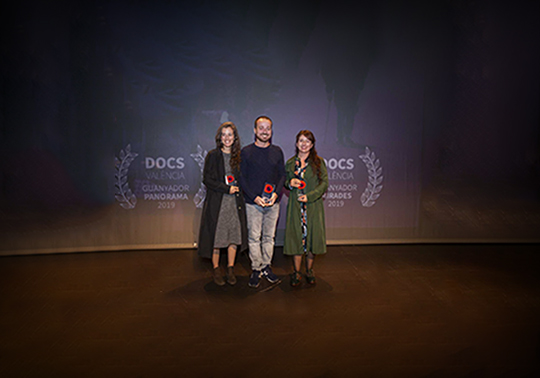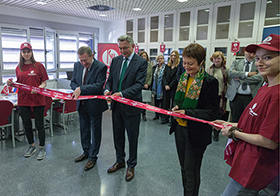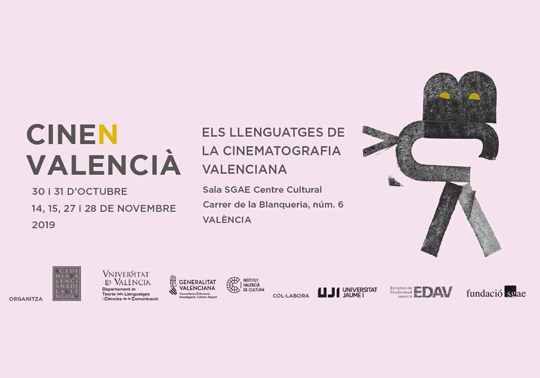
20 november 2015
In her book ¿Qué es eso del formato?: cómo nace y se desarrolla un programa de televisión (What is a format?: how to develop a television programme) (Gedisa, 2013) the media professional Gloria Saló defines a format as “the concrete development of audiovisual elements and contents which formed a specific programme and differentiate it from others. To cite a few, some formats are: the news, the reports, the documentary and the docudrama.
With the implantation of digital technology thanks to the launching of Terrestrial Digital Television, the audiovisual industry has notably widened its offer. There is a rise in the offer but the demand becomes increasingly exigent. This happens in a highly-competitive environment, which obliges creatives to come up with new formats to keep on offering the user a content related to information, training and entertainment.

Image : geralt/pixabay
A new media context
Nowadays, we are facing a new media paradigm: cultural industries which offer new products, new formats and content distribution formats, new consumption habits and an increasing intervention of the user in the content production phase. But the spectator not only produces, but also opines.
Differently to traditional media where the receiver’s opinion was guided through the medium’s own ways (letters to the director, phone calls to a radio programme, etc.), new technologies add an active role to the audience, who interacts and opines. It is not necessary anymore to publish a comment on a programme’s official profile, now anyone can become leader of their own opinion from their digital throne.
Multimedia is already here
Multimedia adds a new type of narration which interrelates different media such as video, text, photography, computer graphics, animation and illustration. It is the new digital narratives or digital storytelling, among which we can highlight the cross-media and transmedia.
The first of them consists of spreading one story to several supports. For example, Harry Potter in its book, film, videogame and social network versions and other products which may be derived from there. For its part, in transmedia narrative, the original story is divided into different formats. That is, the story is not repeated as it happens in cross-media, but completed once all the products have been consumed. Transmedia is conceived from its origin, making use of their possibilities in the exhibition windows. The user needs to consume all the products in order to live the full experience, which allows generating an engagement or affinity towards the product.
In Spain, the transmedia product of reference is El Cosmonauta, produced by Riot Cinema.
New digital narratives as cross-media or transmedia allow reaching a wider target or objective public, as well as diversifying financing possibilities, specially through crowdfunding and merchandising.
A more effective advertisement
For advertisement, the arrival of new formats has also meant breath of fresh air. As stated in the blog tuyyoqué, Internet allows a more effective advertisement, as it can make use of all the media’s interactive possibilities: experiential marketing, interactive videos, collaborative videos, immersive videos or kinetics (which show what is going on in a 360º ratio around the camera). Here you can find an example of an interactive video:
Multimedia opens up new paths both in production and in the reception of different audiovisual formats. As a consequence, traditional media are being more or less successful in readapting to the new communication paradigm.











